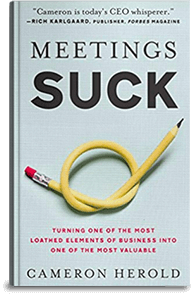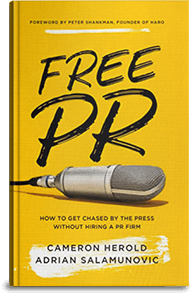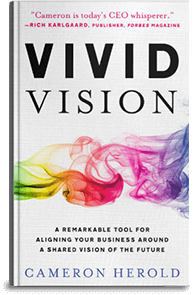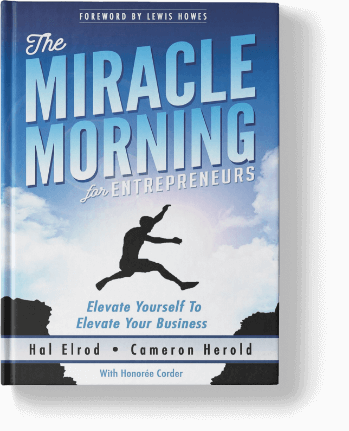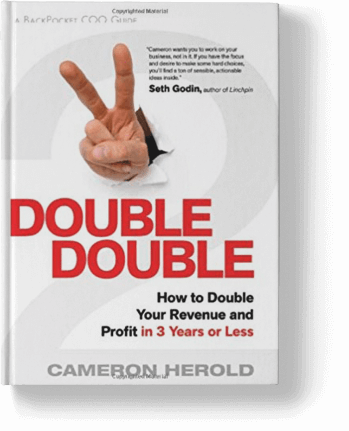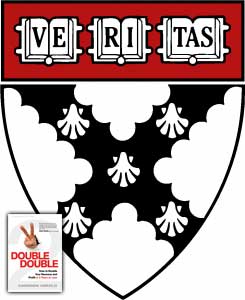 One day when I was still at 1-800-GOT-JUNK? we were adding to the ‘Can You Imagine?’ wall, and I tossed out the idea of being studied by Harvard Business School for a future case study.
One day when I was still at 1-800-GOT-JUNK? we were adding to the ‘Can You Imagine?’ wall, and I tossed out the idea of being studied by Harvard Business School for a future case study.
I offered it up almost as a joke, but I really could see Harvard studying 1-800-GOT-JUNK? because we wanted to build a world-class brand.
When Harvard did eventually do a case study on what we’d built, it further proved that you could achieve what you conceived and believed.
‘Conceive, believe and achieve’ became a mantra for us, and when Harvard learned about 1-800-GOT-JUNK?, it wasn’t by accident—it was because of our renowned wall.
The front entrance wall was used to express our desire to be included in a Harvard case study. Eventually someone visiting 1-800-GOT-JUNK? said, “Hey, I know someone at Harvard who approves the cases, would you like an introduction?”
If we didn’t commit to the vision by writing it on the wall, it wouldn’t have happened. Either way, what we conceived and believed—getting into a Harvard case study—was actually achieved.
I’d love to hear what you’re visions are for your company. Share them here…
 Creating a Vivid Vision (formerly Painted Picture) in order to reverse engineer your success is something that made intuitive sense to me.
Creating a Vivid Vision (formerly Painted Picture) in order to reverse engineer your success is something that made intuitive sense to me.
